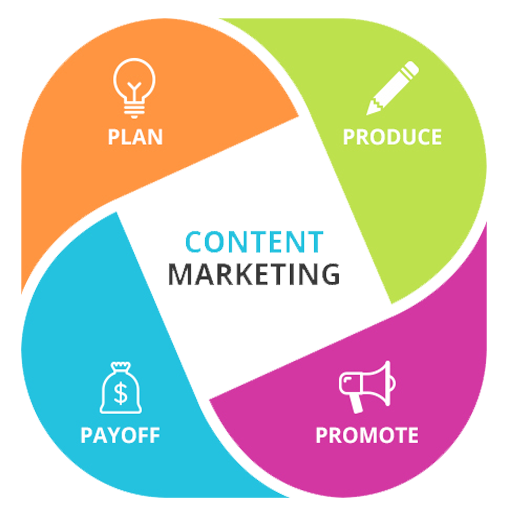Conversion Rate Optimization (CRO) is the process of improving a website or landing page with the goal of increasing the percentage of visitors who take a desired action. This desired action, also known as a conversion, can vary depending on the website's objectives, but common examples include making a purchase, signing up for a newsletter, filling out a contact form, or downloading a resource.
CRO is crucial for improving the effectiveness of your website and maximizing the return on your marketing efforts. Here are some key principles and strategies involved in conversion rate optimization:
